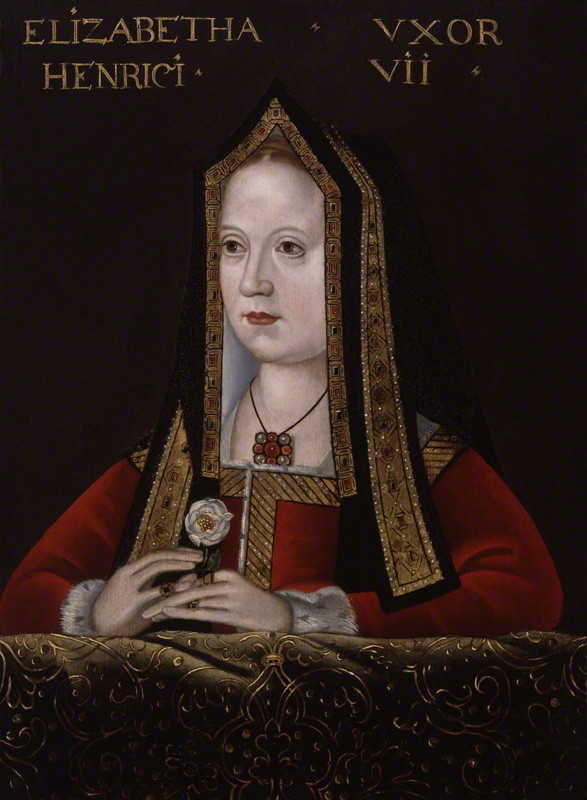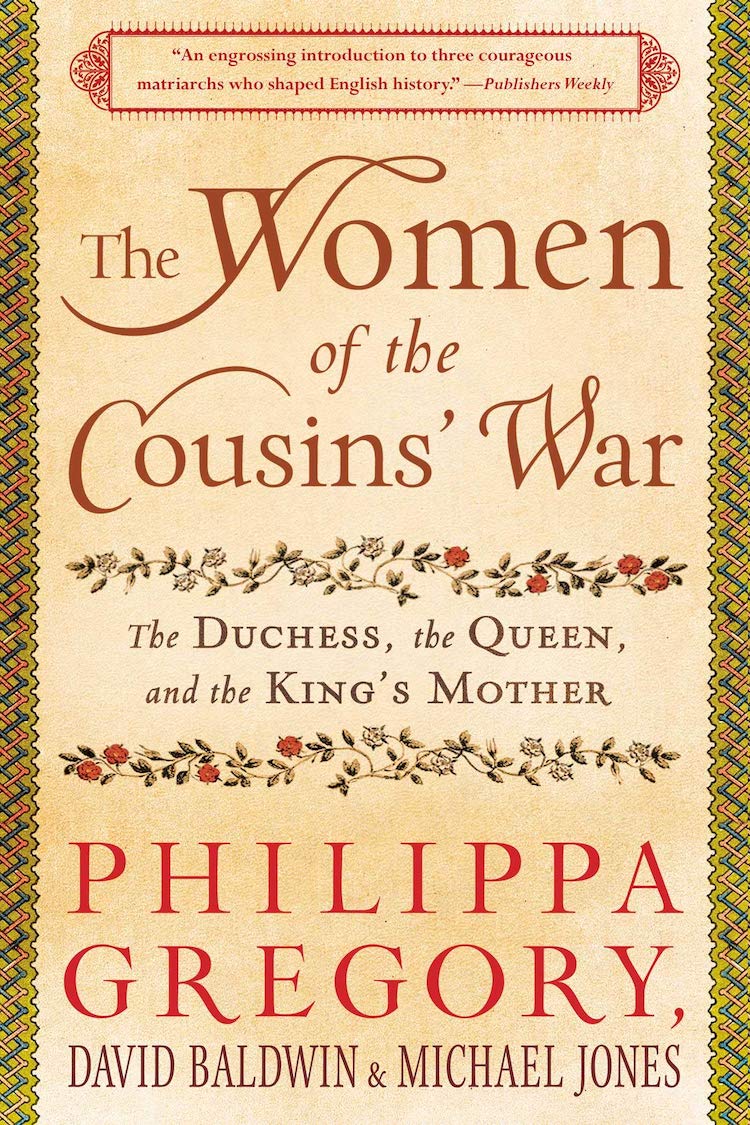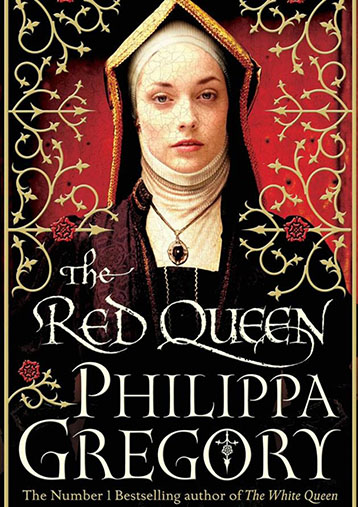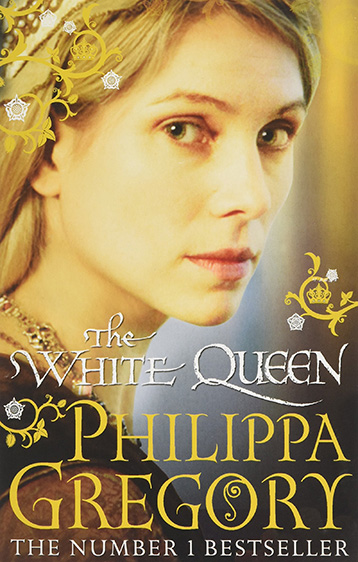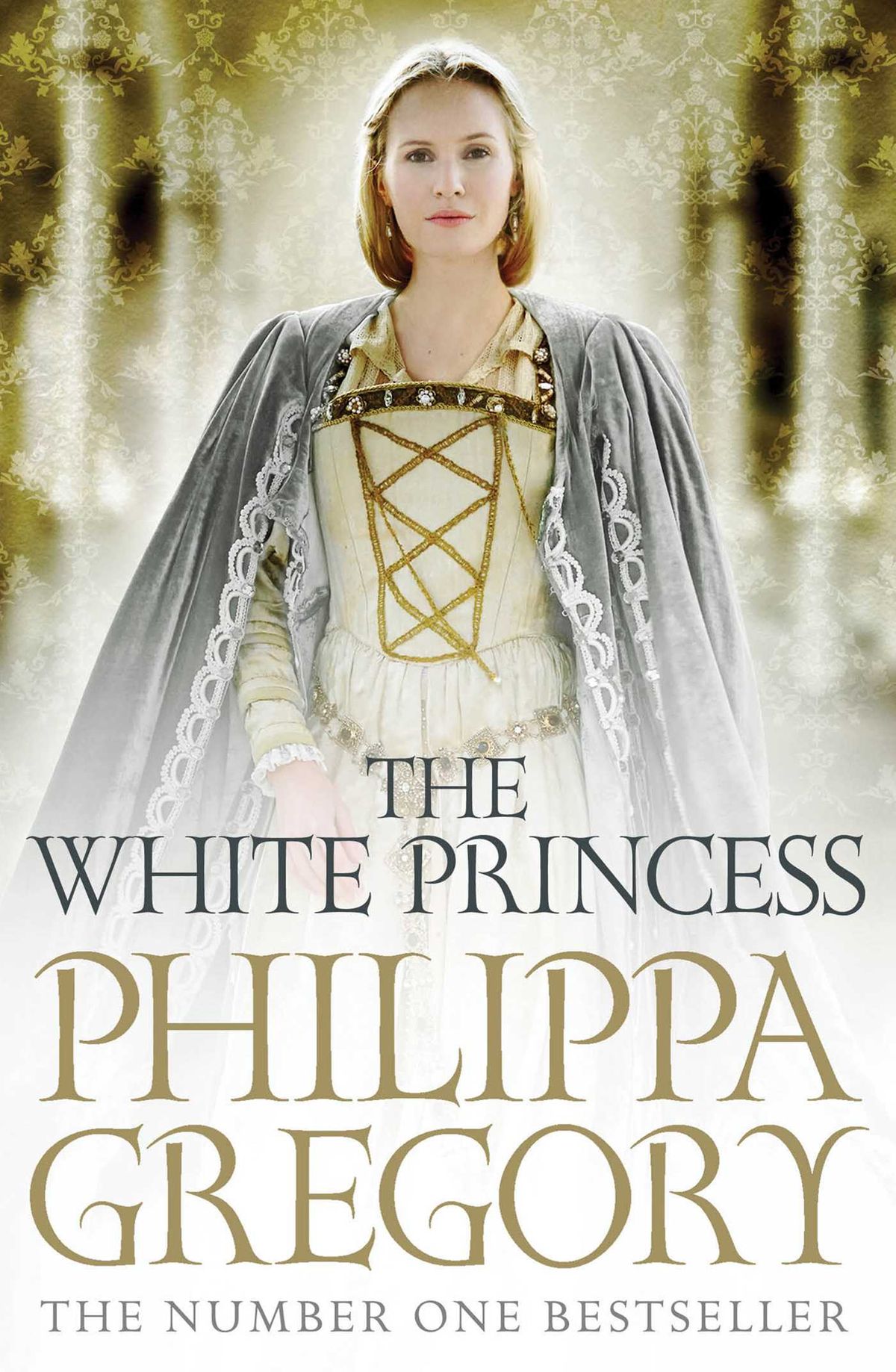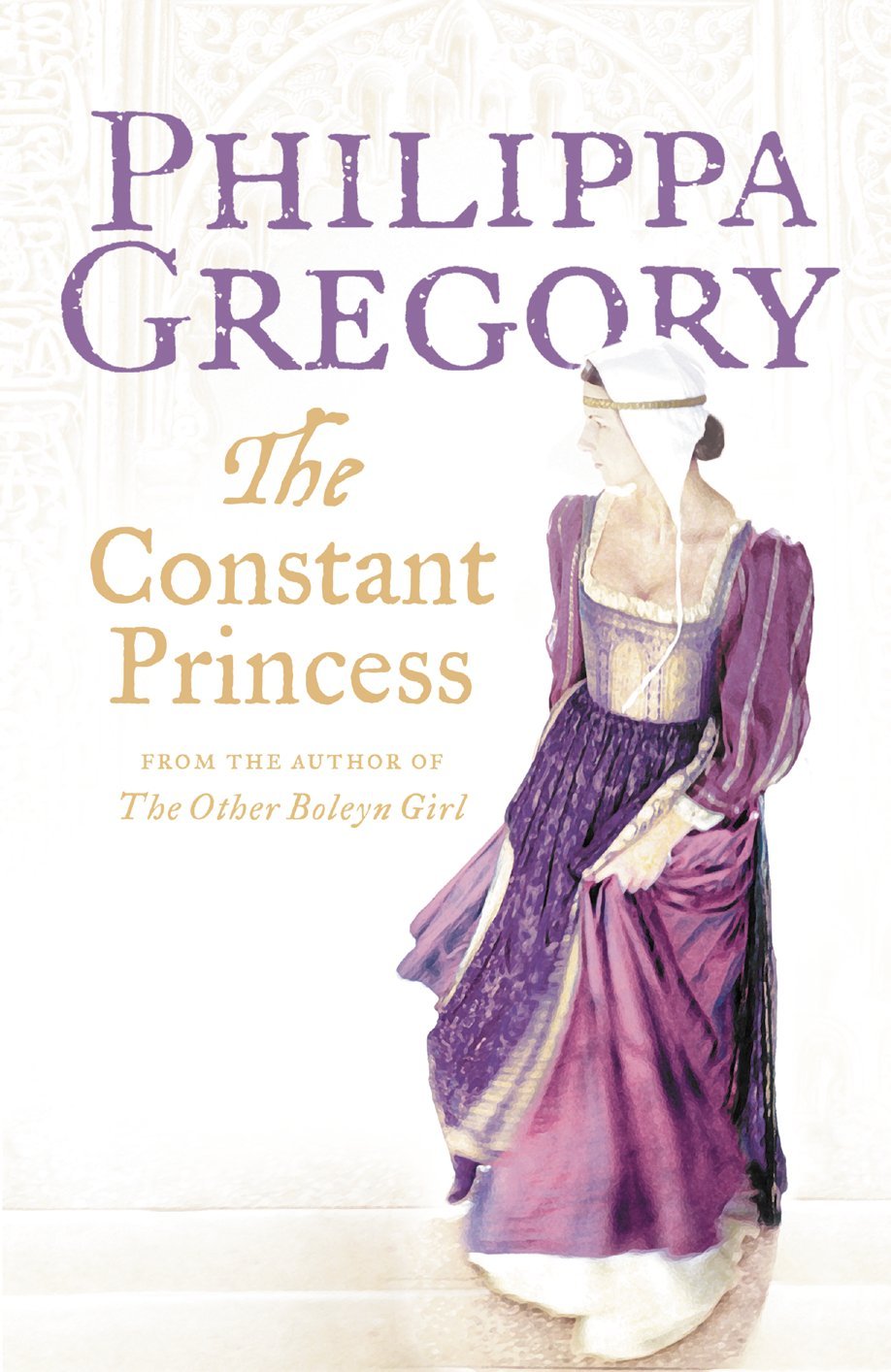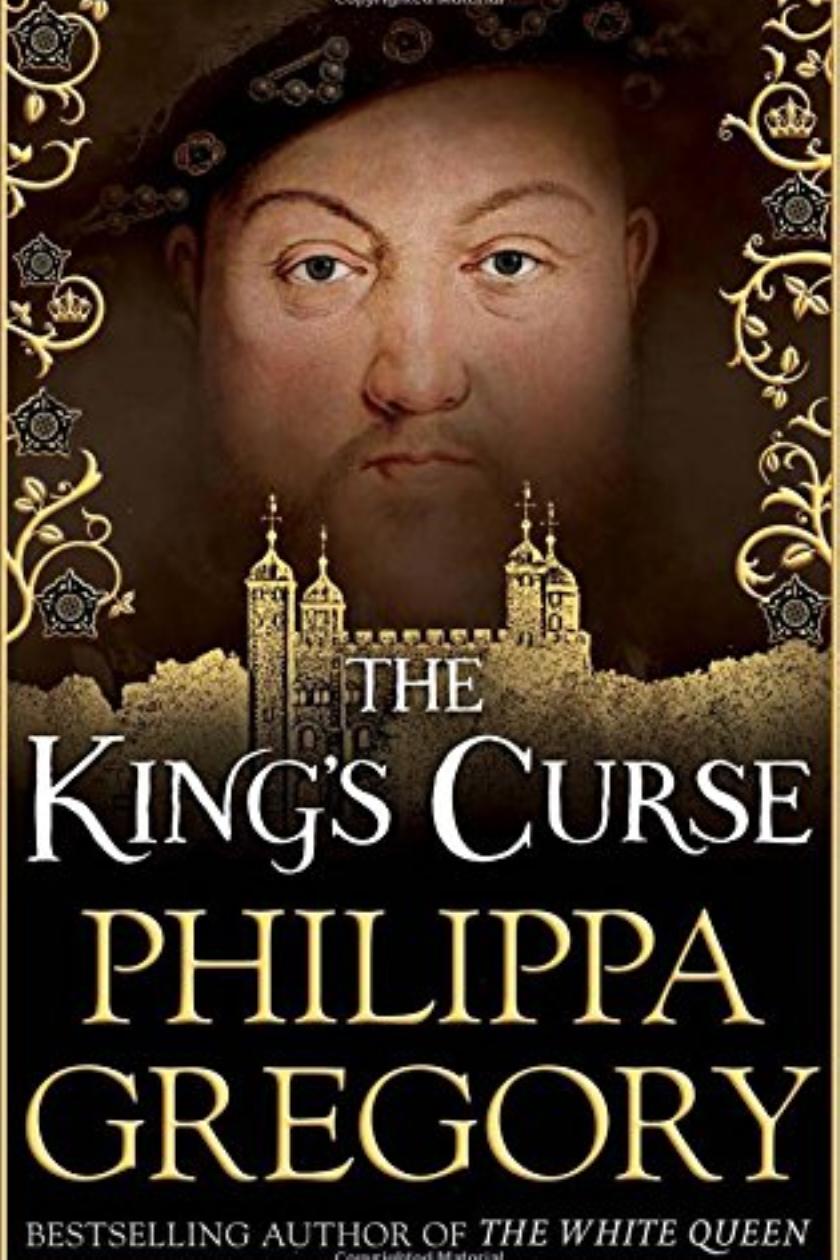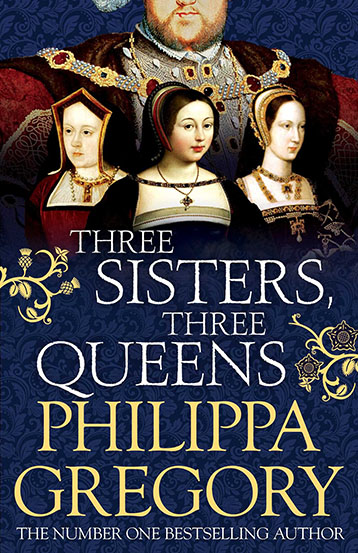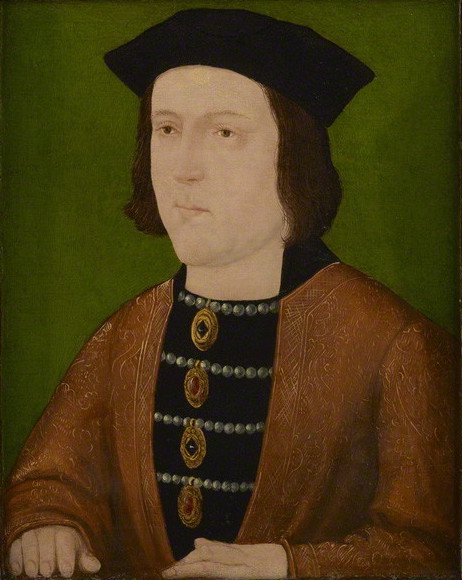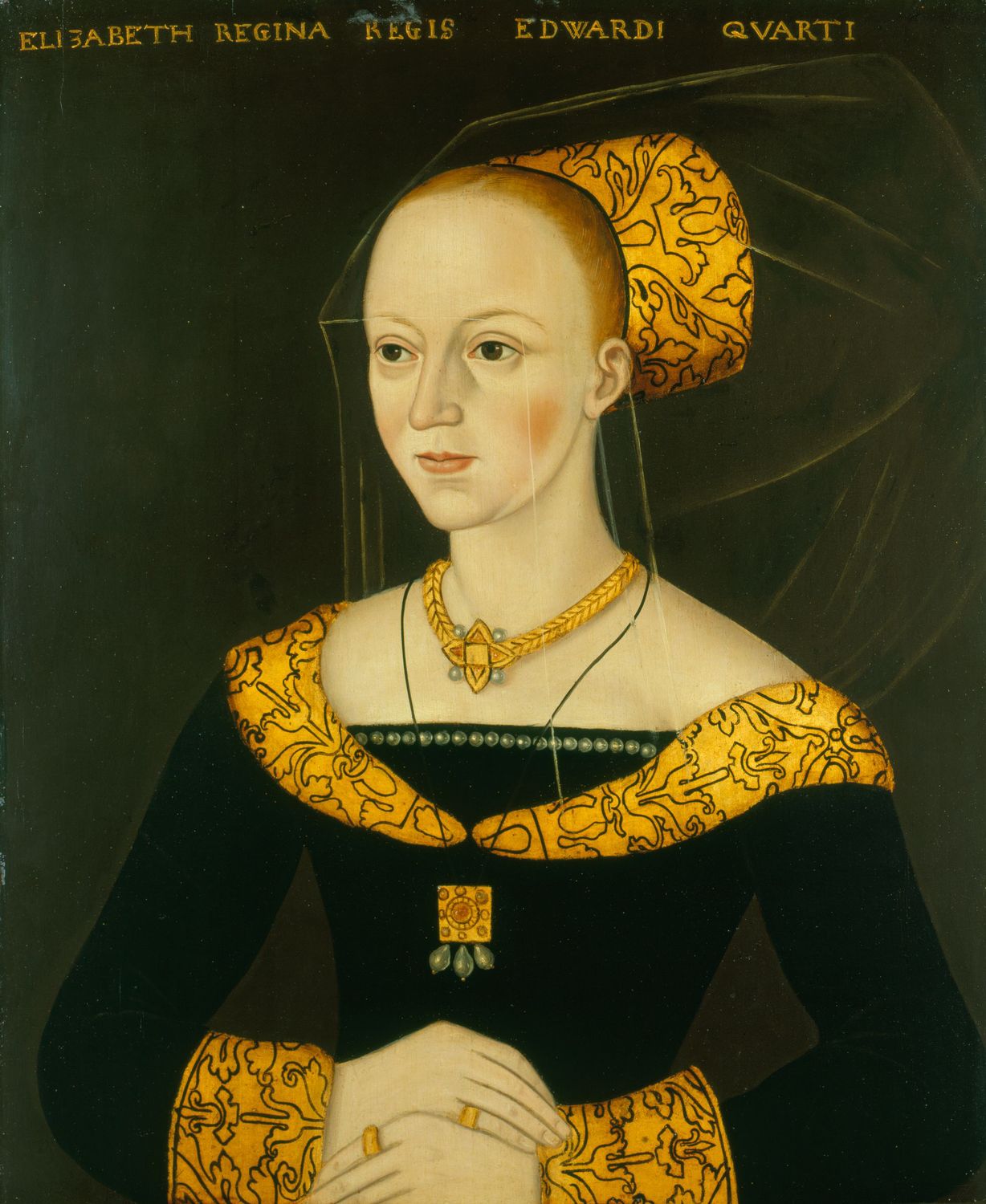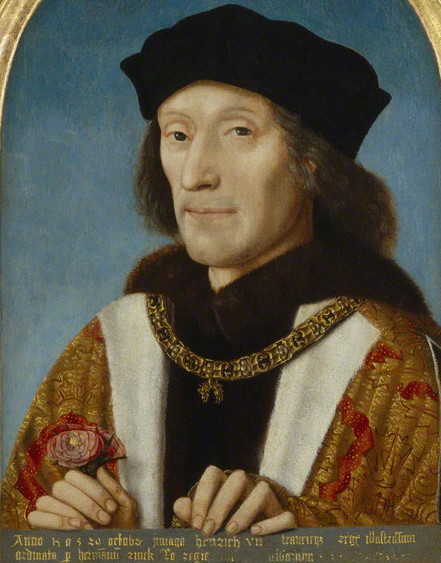Elizabeth of York was the eldest child of Edward IV and Elizabeth Woodville. She was born a favoured princess in a glamorous, if insecure, court.
Her father had taken the throne by force, defeating the supporters of Henry VI, in the thirty years ‘Wars of the Roses’, a later name given to the series of battles between the Houses of York and Lancaster. At the time, they were called ‘the cousins’ wars’ to represent the descent of the two rival families from Edward III. Many did not support Edward IV’s usurpation, and Henry’s queen Margaret of Anjou and her young son continued to threaten a counter-coup from exile.
Edward’s secret marriage, almost certainly for love, to the widow Elizabeth Woodville had alienated his own supporters. The ‘Kingmaker’, Warwick, was horrified by the loss of control over his protégé. Elizabeth was the first of three girls born to the new royal family who were desperate for a son and heir.
When Elizabeth was only four years old, her father was deposed by Warwick in favour of Henry VI, and Edward escaped into exile, leaving his family behind. Elizabeth’s pregnant mother took her three daughters into hiding at Westminster Abbey, confident that the pious Henry VI would not break sanctuary. There she gave birth to a son, Edward, the male heir.
The royal family spent more than five months in sanctuary living off food donated by local tradesmen, and then Edward IV returned triumphant, having recaptured much of the country. He killed his mentor Warwick at the Battle of Barnet, and King Henry’s son Edward after the Battle of Tewkesbury. Henry the deposed king was held in the Tower and Margaret of Anjou was captured.
While her father was away Elizabeth, aged five, came under siege in the Tower of London when Thomas Neville sailed up the Thames to try to free King Henry. They were defeated by the royal family led by Elizabeth Woodville and her brother Anthony Woodville, and Edward returned to London in triumph once again. The deposed King Henry died that night, probably murdered. With both Henry and his son removed, the York dynasty seemed secure, and Elizabeth’s new baby brother certain to inherit.
More children were born to the royal family including a second brother to survive beyond infancy, Richard. At the age of eleven Elizabeth was betrothed to the French Dauphin, and began to be treated as the future Queen of France. She should have gone to France at the age of twelve, but this fell through, and the betrothal was eventually called off in 1482 when she was sixteen. Her father may then have considered marrying her to Henry Tudor, a remaining threat of Lancastrian descent, but did not live long enough to arrange another betrothal.
Elizabeth’s childhood ended when she was seventeen and her father died. Her uncle Richard Duke of Gloucester escorted her brother, the young king Edward V, to his apartments in the Tower of London and began ruling as Lord Protector, the first stage of what was to become a successful coup. Elizabeth went into sanctuary once again at Westminster Abbey with her mother, sisters and younger brother. The dowager queen was apparently persuaded to send her second son Richard to join his brother in the Tower.
With both boys under his control, Richard seized power and made himself king, declaring Edward IV’s marriage invalid and the royal children as bastards. Elizabeth’s brothers disappeared, leaving Elizabeth as Edward IV’s heir.
No woman had ever held the throne of England in her own right, and there seems to have been no suggestion that the rebelling forces, raised by her mother and others, should fight for Elizabeth as a sole ruling queen. A husband for her, however, would have strong support from her mother’s faction and, through Elizabeth, a claim to the throne. Elizabeth’s mother and Margaret Beaufort agreed that she would marry Margaret’s son Henry Tudor, if he succeeded in invading and conquering England.
Elizabeth was invited to court by Richard III, who wanted to encourage her supporters to himself rather than Henry. It was rumoured that Richard and Elizabeth were lovers, and Henry snubbed. A letter, now lost, from Elizabeth to the Duke of Norfolk is said to prove her love for Richard ‘in heart and in thoughts’. Certainly, a rumoured proposal of marriage had to be publicly denied by Richard and Elizabeth was sent from court after Queen Anne died. Ironically, she was sent to live with Margaret Beaufort – Henry Tudor’s mother.
When Henry Tudor invaded, the expectation was that Richard would defeat him, but treason left Richard unsupported and it was the reigning king who died at the Battle of Bosworth on 22 August 1485, just two years after taking the throne. Elizabeth and England had been won by the Tudors.
Henry VII claimed the throne by right of conquest. He held his coronation on 30 October 1485, before his wedding, to demonstrate that he was not king through his wife. Nevertheless, marrying Elizabeth was the obvious way for him to shore up his claim to the throne, uniting York and Lancaster and ending the Cousins’ Wars.
Henry had Elizabeth’s bastardisation reversed, presumably believing he was safe from a claim from her missing brothers, and married her in January 1486. Elizabeth was nineteen, Henry was twenty-nine. She was given no power or claim to power beyond that of the conqueror’s wife – she did not even live in the queen’s rooms, which were reserved for her mother-in-law, Margaret Beaufort. Elizabeth was not crowned queen until November of the following year, after she had given birth to a Tudor son and heir only eight months after the wedding – whether he was premature or conceived before marriage is unknown.
Contemporary accounts suggest that Elizabeth’s marriage which started with a battle became a happy one. She did not openly challenge her mother-in-law Margaret Beaufort, who exerted power at court, nor did she publicly defend her York family against her husband’s increasingly draconian punishments. Henry’s court historian, who wrote the official record of the Tudor inheritance and reign, described her as having ‘a truly wonderful obedience’ to her mother and ‘unbounded love’ for her siblings. She found her sisters advantageous places in the new regime – she arranged her sister Anne’s marriage to the Earl of Surrey’s heir in 1495, and probably also arranged her sister Catherine’s marriage to William Courtenay, heir of the Earl of Devon, in the same year. When Courtenay was imprisoned under suspicion of supporting her disgraced York cousin Edmund de la Pole, Elizabeth provided for Catherine and her children. She is also thought to have arranged for de la Pole’s wife Margaret Scrope to stay with the Duchess of Norfolk.
Elizabeth’s work as intercessor was carried out unobtrusively, but she was not afraid to intervene – when a Welsh tenant appealed to her over Henry’s uncle Jasper Tudor’s treatment of him, for instance, she sent Jasper an authoritative letter. She was involved in diplomacy, helping to arrange her children’s marriages. She was a patron of literature and music, helping develop a cultured court, and contributed to the redesign of Greenwich Palace, where she gave birth to Henry VIII in 1491. Her role was made all the more significant by the need to reconcile the Yorkist party with Tudor rule – as a York princess and Tudor queen it was important that she gain and keep the loyalty of former Yorkists, for instance by including them in her royal household.
She may have had to cope with many contradictions and even conspiracies. Her mother continued to plot against Henry, and supported the first pretender, Lambert Simnel, against her son-in-law. She must have believed that a true claimant to the throne – one of her lost sons – was still alive. Henry sent his mother-in-law into house arrest at Bermondsey Abbey because he suspected her of treason, transferred her property to his wife, and set up a costly and complicated spy system designed to detect any pretender to the throne in Europe.
As the founder of a new dynasty after 331 years of Plantagenet rule, Henry was never secure on his throne. Lambert Simnel, a boy of ten, was crowned in Dublin in 1487 as King Edward VI. He was supported by Elizabeth’s mother, and by Elizabeth’s aunt, Margaret Duchess of Burgundy. The rebellion was defeated, the deception easily unmasked, and Simnel was put to work in the royal kitchens.
The pretender that Henry named as ‘Perkin Warbeck’, however, was received by some of the greatest royals in Europe as Elizabeth’s brother Richard of York. He said that his older brother had been killed in the Tower but he had escaped. He stayed with Margaret of Burgundy, who acknowledged him as her nephew and assisted his first invasion of England. His third attempt ended in his surrender and he signed a confession with glaring errors and agreed that his name was ‘Perkin Warbeck’. Henry VII kept him at court as an honoured prisoner and guest. Elizabeth must have seen him daily but there is no record of her response to him; clearly she must have obeyed her husband and treated him as a pretender. To have insisted on his identity would have been to sign his death warrant. Elizabeth’s mother never saw him, having died before his capture. His wife, a royal cousin of James IV of Scotland, was appointed as a lady-in-waiting to Elizabeth. Any effort that Elizabeth may have made to save his life was unsuccessful – after an escape attempt he was sent to the Tower, and Henry later had him executed.
The execution of her possible long-lost little brother was not the only one which Elizabeth may have been powerless to prevent. Henry also executed Edward Earl of Warwick, Elizabeth’s first cousin. Warwick was imprisoned from the age of ten to prevent him being used as a figurehead by the York conspiracies, until his death aged twenty-four.
Elizabeth had four children who survived childhood, Arthur, Margaret, Henry and Mary. Arthur was married to Katherine of Aragon, but died young, at the age of fifteen, making Prince Henry the new heir. Elizabeth and her husband mourned together. She became pregnant at the age of thirty-six, but the daughter died, and Elizabeth herself died in the Tower of London on her birthday the following week, just ten months after Arthur’s death. She and her son Henry were close, and at only eleven he must have been heartbroken at the loss of an older brother and then a mother.
Elizabeth is buried at Westminster Abbey, the only woman to be a daughter, sister, niece, wife and mother to English kings. All the English and British monarchs from her son Henry VIII onwards are her descendants.
From The White Queen
‘I think we are cursed,’ she flings out at me. ‘I think we are cursed. The river whispered a curse to me and I blame you and my father for bringing us into this world and putting us here, in the grip of ambition, and yet not holding strongly enough to your power to make it right for us.’
I snatch at her cold hands tightly, and I hold her as if I would keep her from swimming away. ‘You’re not cursed, daughter. You are the finest and rarest of all my children, the most beautiful, the most beloved. You know that. What curse could stick to you?’
The gaze she turns on me is darkened with horror as if she has seen her death. ‘You will never surrender, you will never let us be. Your ambition will be the death of my brothers, and when they are dead you will put me on the throne. You would rather have the throne than your sons, and when they are both dead you will put me on my dead brother’s throne.’
Why would they do that? I think idly, my forehead against the cold glass of the thick window. Why would the courtiers step back so courteously unless they think that she is to be his mistress? Unless they think that my husband is seducing his niece, on these evening strolls by the river, that he has forgotten everything he owes to his name, to his marriage vows, to the respect he owes to me as his wife, and the bereaved mother of his dead son.
From The Red Queen
‘If my son comes in like a dragon from Wales and defeats King Richard, then he will be King of England, he will take you as his wife, and you will be queen. It will be in his gift,’ I say. ‘You have no name now, he will give you one if he chooses to do so. You have no title, he can make you Queen of England. He will be your saviour, he will rescue you from shame and from being a nothing.’
She nods, as if shame is not a curse for a woman.
‘But if Richard defeats my son Henry, then Richard will take you, his whore, and wash your reputation clean with a late marriage. You will be queen but wed to the man who killed your uncle and your brothers, who betrayed your father’s will, your enemy. A shameful fate. It would be better for you if you had died with your brothers.’
For a moment I think she has not heard me, for her eyes are on the floor and she does not flinch at this prospect. She is quite unmoved by the threat of being married to a young man who must hate her, or a man who is blamed for the murder of her family. Then slowly, she looks up at me, and I see that she is smiling, beautifully smiling, as if she were happy.
‘Either way you will be disgraced,’ I say harshly. ‘You should be aware of it. Shamed in public for all to see.’
But the bright happiness in her face does not falter. ‘Yes, but either way, shamed or not, I shall be Queen of England, and this is the last time you will sit in my presence,’ she says.
From The White Princess
‘I have lost the man I love,’ I say bitterly. ‘And this very day I am to marry the man who killed him. I don’t think I will ever walk to where I want to be. I don’t think that place exists in England any more, I don’t think that place exists in this world any more.’
She could almost laugh aloud in her easy confidence. ‘Of course you think that now! Today you are to marry a man that you despise; but who knows what will happen tomorrow? I can’t foretell the future. You were born at the very heart of troubled times. Now you will marry one king, and perhaps you will see him challenged, and perhaps you will see him fall. Perhaps you will see Henry go down in the mud and die under the hooves of a traitor army. How can I know? No-one can. But one thing I do know: today you can marry him and become Queen of England. You can make peace where he has made war. You can protect your friends and family and put a York boy on the throne. So go to your wedding with a smile.’
From The King’s Curse
I look at my cousin the queen. We are so unlike the Tudors. They married her to My Lady’s son, the king, Henry, and only after they had tested her fertility and her loyalty for nearly two years, as if she were a breeding bitch that they had on approval, did they crown her as his queen – though she was a princess at birth and he was born very far from the throne.
He glanced at his wife at his side. Her eyes were filled with tears, watching her son and his bride as the archbishop raised their clasped hands and wrapped them in his holy stole. Her face, beautiful with emotion, did not stir him. Who ever knew what she was thinking behind that lovely mask? Of her own marriage, the union of York and Lancaster which put her as a wife on the throne that she could have claimed in her own right? Or was she thinking of the man she would have preferred as a husband? The king scowled. He was never sure of his wife, Elizabeth.
From Three Sisters, Three Queens
I had thought that nothing would be worse than the loss of Arthur but now, only a year later, I have lost my mother, in childbed – trying to give my father and the country a son to replace the one we have lost. As if any child could ever replace Arthur! It was an insult to him to even think it, it was madness for her to attempt it. She wanted to console my father, to do the duty of a good queen to provide two heirs, and then she had a hard pregnancy and nothing to show at the end of it but a girl; so it was not worth the effort, anyway. I am in a rage of grief, furious with her, with my father, with God Himself, for the way that one terrible loss has turned into three: first Arthur and then my mother, and then her baby.
Image: Elizabeth of York by unknown artist, late 16th century, National Portrait Gallery (NPG 311)
